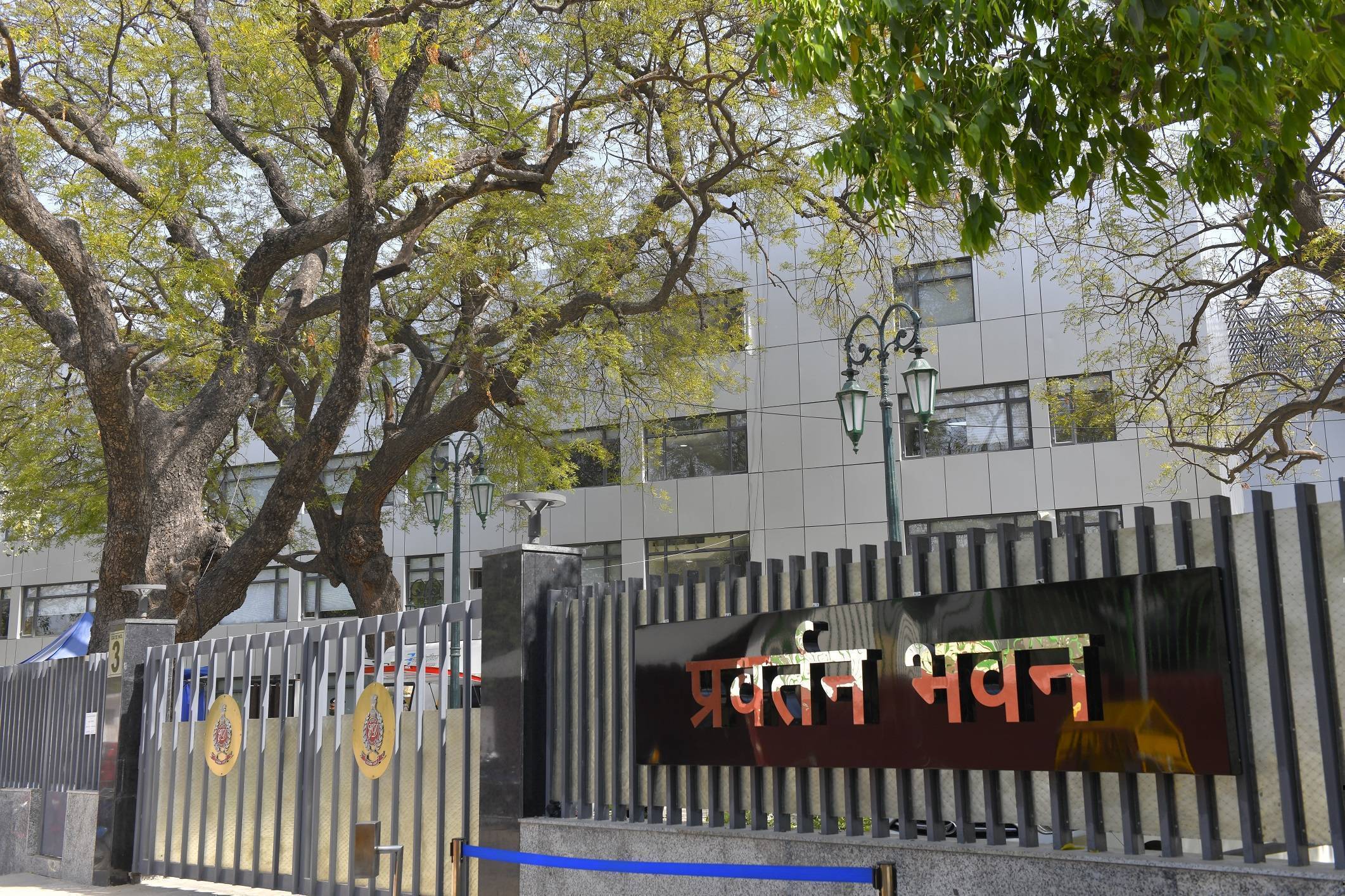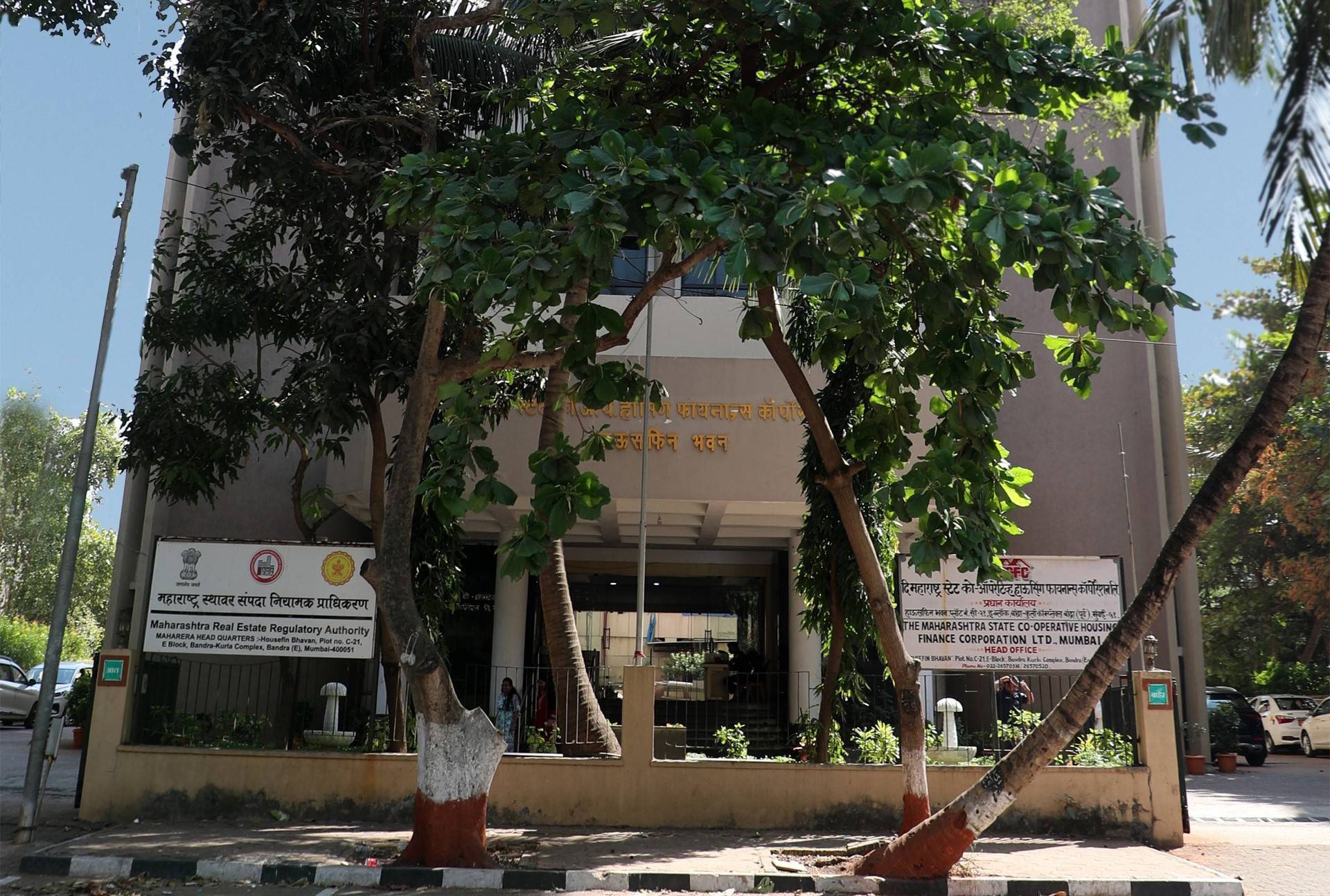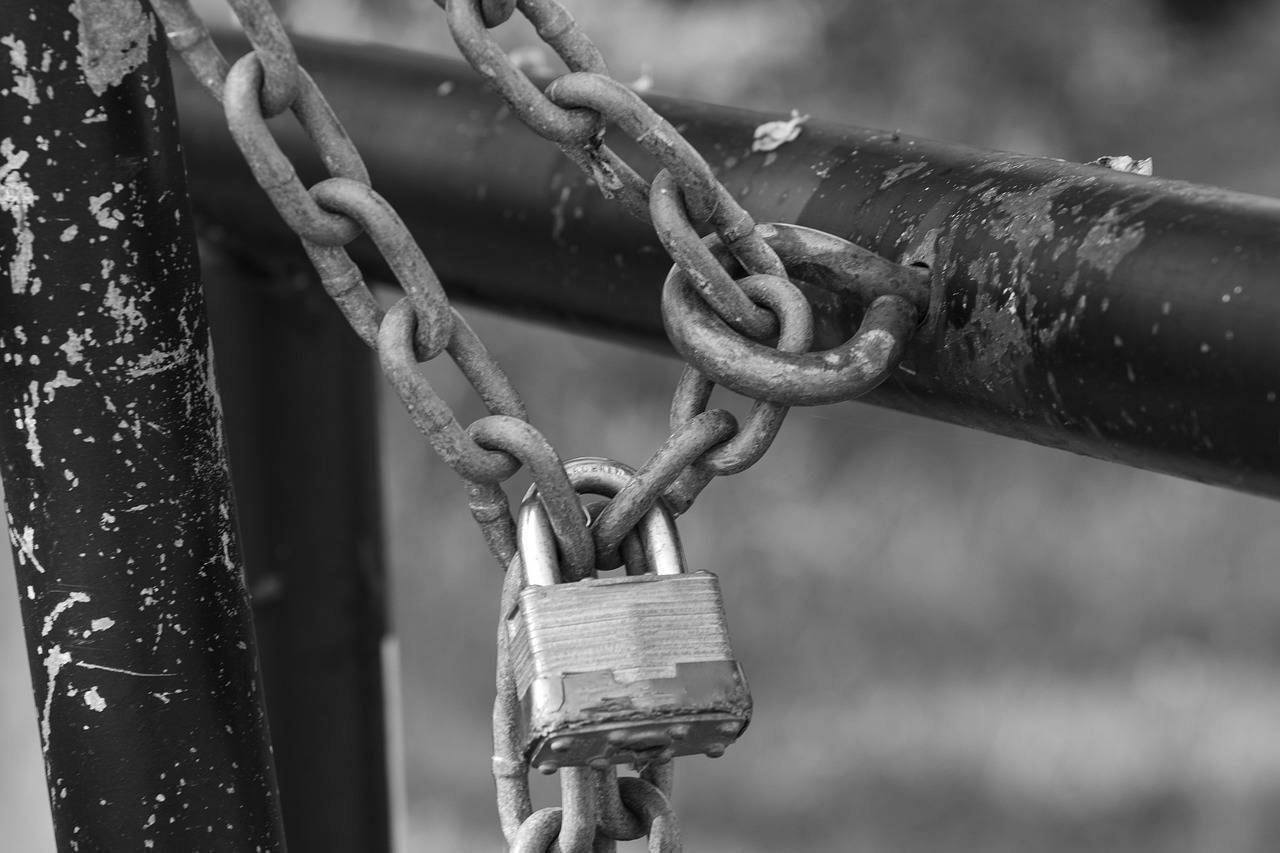The Real Estate (Regulation and Development) Act, 2016 (RERA) introduces crucial reforms in the Indian real estate sector, focusing on increasing transparency and accountability in real estate transactions. Central to this regulation is the RERA registration certificate, an important document that verifies a project's compliance with RERA standards. Understanding how to download and use this certificate is essential for both buyers and developers to ensure a secure and informed real estate experience. This guide provides a clear, step-by-step process to help you obtain and effectively use your RERA registration certificate.
What is a RERA Registration Certificate?
A RERA registration certificate is an official document issued by the state RERA authority confirming that a real estate project is compliant with the Real Estate (Regulation and Development) Act, 2016. This certificate is a testament that the project adheres to the stringent guidelines set by RERA, including transparency in project timelines, costs, and completion dates. For buyers, it provides essential details such as the developer’s name, project address, expected completion date, and a unique registration number. For developers, it is a mandatory requirement for legally selling, marketing, or promoting their projects. Failing to secure this certificate can result in severe penalties or legal consequences.
Steps to Download Your RERA Registration Certificate
Downloading your RERA registration certificate is a straightforward process, though it may vary slightly depending on your state. Follow these detailed steps to obtain the certificate:
Step 1: Identify Your State’s RERA Website
Each Indian state operates its own RERA website where real estate projects are registered and their statuses can be checked. Begin by visiting the official RERA website for your state. Here are the URLs for some major state RERA websites:
Maharashtra: maharera.mahaonline.gov.in
Uttar Pradesh: up-rera.in
Karnataka: rera.karnataka.gov.in
Delhi: rera.delhi.gov.in
Gujarat: rera.gujarat.gov.in
Tamil Nadu: tnrera.in
Rajasthan: rera.rajasthan.gov.in
Punjab: pbrera.in
Haryana: haryanarera.gov.in
West Bengal: wbrera.in
Andhra Pradesh: rera.ap.gov.in
Telangana: rera.telangana.gov.in
Bihar: rera.bihar.gov.in
Madhya Pradesh: rera.mp.gov.in
Chhattisgarh: rera.cg.gov.in
Jharkhand: rera.jharkhand.gov.in
Odisha: rera.odisha.gov.in
Uttarakhand: rera.uk.gov.in
Assam: rera.assam.gov.in
Goa: rera.goa.gov.in
For a complete list of state-specific RERA websites, refer to the RERA authority website for your region.
Step 2: Login to the RERA Portal
Once you are on the RERA website, locate the login or sign-in section. Developers should enter their registered credentials to access their accounts. Homebuyers can also check project statuses by creating an account if necessary. Click on the "Register" or "Sign Up" button if you do not have an account and follow the instructions to create one using your username, password, and relevant details such as your project registration number or registered mobile number.
Step 3: Access Your Dashboard
After logging in, you will be directed to your dashboard. This area provides an overview of your projects or applications. Developers can view ongoing registrations, pending applications, and project statuses. Buyers can use this section to track project details and verify developer claims.
Step 4: Locate the Project and Registration Details
Within the dashboard, find the "My Registrations" or "My Applications" section. You can view a list of registered projects or use the search bar to locate a specific project by entering the registration number or project name. Click on the project name or registration number to expand the details.
Step 5: Download the RERA Registration Certificate
In the project details section, look for the "Download Certificate" button. This might also be labeled as "Download PDF" or "Print Certificate" depending on the portal. Click this button to download the RERA registration certificate in PDF format. You can then print the certificate or save it for future reference.
Details Found in a RERA Registration Certificate
A RERA registration certificate contains essential information about the registered project, including:
- Builder’s Name: The developer responsible for the project.
- Project Name: The official name of the project.
- Project Address: The physical location of the project.
- Project Registration Number: A unique identifier assigned under RERA.
- Completion Date: The expected date of project completion.
- Issuance Date and Place: When and where the certificate was issued.
- Signature of the Authority: Confirmation from the designated RERA authority.
- Terms and Conditions: Specific obligations for the developer.
These details ensure transparency and accountability, providing buyers with confidence in the project’s legitimacy and adherence to RERA guidelines.
Why is a RERA Registration Certificate Important?
The RERA registration certificate is crucial for maintaining transparency, accountability, and legal compliance in the real estate sector. Its importance includes:
Legal Compliance: RERA mandates that developers must register their projects with the local authority. The certificate serves as proof of adherence to RERA regulations. Non-compliance can result in penalties, including fines or imprisonment.
Trust and Credibility: For buyers, the certificate confirms the project’s legitimacy and the developer’s reliability. It assures that the project will be completed as promised, reducing the risk of delays and disputes.
Easier Access to Home Loans: Financial institutions generally offer home loans only for RERA-registered projects. Buyers investing in such projects find it easier to secure financing, as lenders are more confident in the project’s legitimacy.
Grievance Redressal: RERA provides a mechanism for addressing grievances. If developers fail to meet the commitments outlined in the certificate, buyers can file complaints with the RERA authority to seek redressal.
Penalty for Non-Compliance: Developers who do not register their projects under RERA face penalties up to 10% of the project cost. Continued non-compliance can lead to further fines or imprisonment, ensuring that developers adhere to legal standards.
Which Projects Require a RERA Registration Certificate?
Not all real estate projects require RERA registration. The following categories help determine which projects need certification:
Projects That Require RERA Certification:
- Ongoing Projects: Projects under construction before RERA’s implementation (May 1, 2017) that have not yet received a completion certificate must be registered.
- New Projects: All new residential and commercial projects launched after RERA’s implementation are required to be registered.
Projects Exempt from RERA Certification:
- Small Projects: Projects covering less than 500 square meters of land or with fewer than eight apartments are typically exempt.
- Completed Projects: Projects that were completed before May 1, 2017, do not require RERA registration.
Exemptions may vary by state, so it is advisable to consult the state’s RERA authority for specific guidelines.
Conclusion
The RERA registration certificate is a critical document for developers and homebuyers in the Indian real estate market. It ensures that developers meet legal requirements, enhances trust, and protects against fraudulent practices. By following the steps outlined to download and use the RERA registration certificate, stakeholders can navigate the real estate sector more effectively, ensuring a secure and transparent transaction. Always verify the certificate before making any real estate investment to safeguard your interests and ensure a smooth transaction process.









.png)